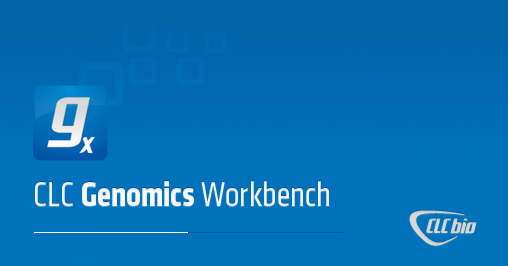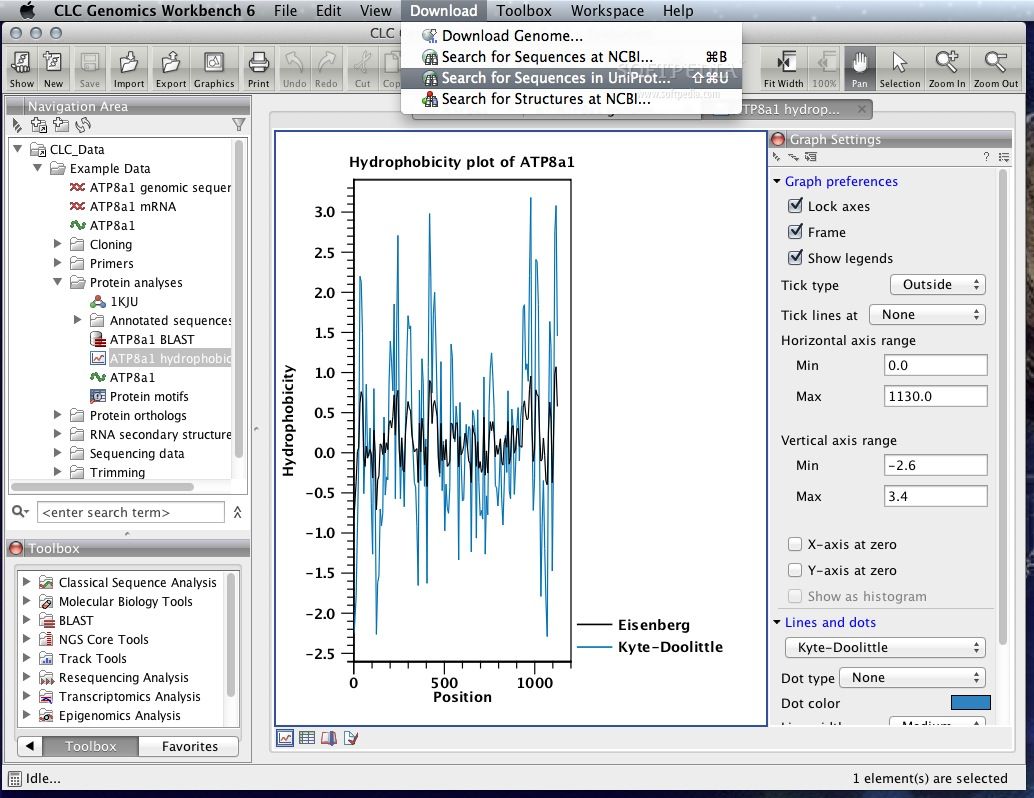

Smoother handling of hybrid data sets (cross-platform, cross-experiment-design)Īlongside Genomics WB 2.0, we are also releasing a command line program package for de novo and reference assembly which will give users access to these tools in a scripting environment.A completely new short read assembler delivering the worlds fastest reference assembly – click here for more info and white paper.This includes the following improvements: Version 2.0 of the software is out in a few days, and for this release we have focused on bringing our Workbench to a state where it can comfortably handle human genome size data sets.
#ALLOCATING MORE MEMORY INTO CLC GENOMICS WORKBENCH FULL#
However, we have also included some tertiary analyses like SNP detection and graphical identification of large scale genomic events.įor a full feature list, have a look here. The objective of the CLC Genomics Workbench is to create an integrated bioinformatics environment which combines the power to handle the magnitude of NGS data with a carefully designed graphical user interface.įor the first version we have focused on handling the secondary level of NGS bioinformatics, namely de novo assembly and reference assembly. The Genomics Workbench was created to address these challenges.

Next generation sequencing technologies are causing some dramatic changes in the high-throughput sequencing landscape and in turn generating a lot of challenges to the field of bioinformatics. Several people have requested that we wrote an introduction to the CLC Genomics Workbench, so here goes.


 0 kommentar(er)
0 kommentar(er)
